Introduction
In a world brimming with vibrant colors and playful designs, toys are more than just objects; they are gateways to imagination and creativity for children. However, the safety of these toys is paramount, which is why toy inspection has become a crucial aspect of ensuring that playtime remains safe and enjoyable. By examining the materials, construction, and compliance with safety standards, toy inspections serve as a protective barrier against potential hazards that could harm our little ones.
Understanding the Importance of Toy Inspection
Toy inspection plays an essential role in safeguarding children from risks associated with poorly made products or hazardous materials. With countless toys flooding the market each year, rigorous inspections help identify unsafe items before they reach eager hands. These inspections not only protect children but also provide peace of mind to parents who want to ensure their kids have a safe play experience.
Key Safety Standards for Plastic Toys
Organizations like ASTM International and the Consumer Product Safety Commission (CPSC) set forth guidelines that manufacturers must adhere to in order to guarantee product safety. Compliance with these standards ensures that plastic toys are free from harmful chemicals and designed to withstand rough play without posing risks such as choking hazards or sharp edges.
Common Risks Associated with Plastic Toys
Despite stringent regulations, common risks still lurk within the realm of plastic toys. Issues such as toxic substances in materials or small parts that can be easily swallowed pose significant dangers to young children. Moreover, poorly constructed toys may break apart during use, leading to injuries or accidents that could have been prevented through thorough toy inspection processes.
The Role of Toy Inspection in Safety
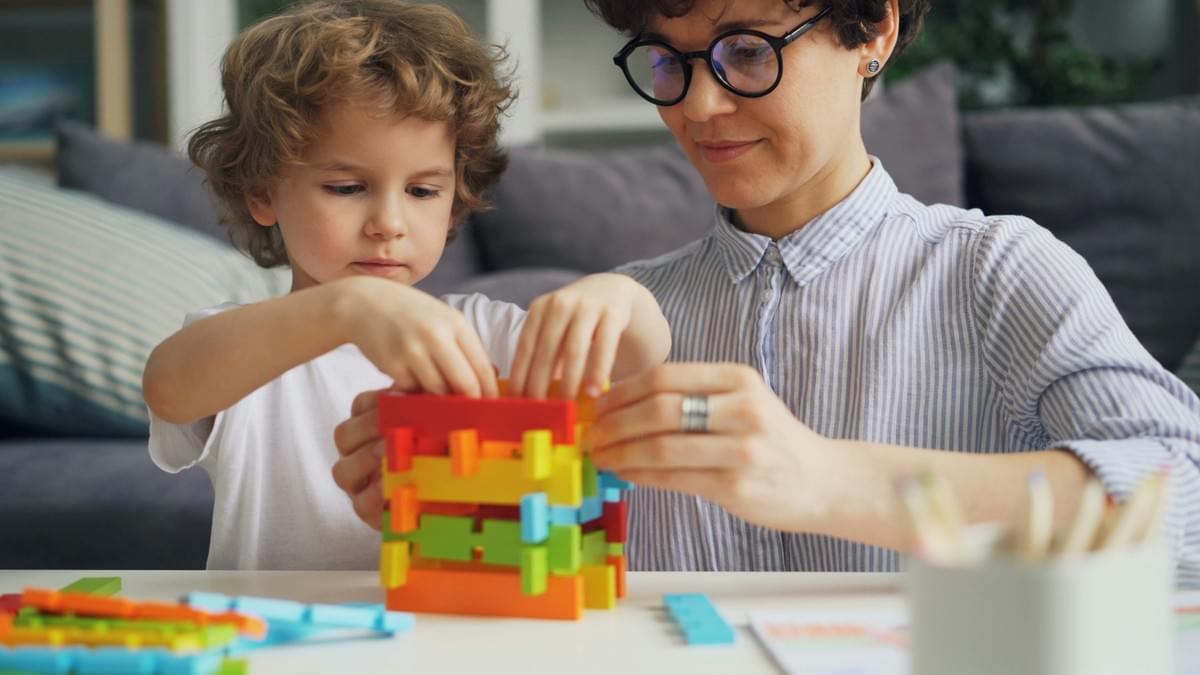
Toy inspection plays a crucial role in ensuring the safety and well-being of children. By meticulously examining toys for potential hazards, inspectors help mitigate risks that could lead to injuries or health issues. This proactive approach not only protects children but also fosters trust among parents regarding the products they choose for their little ones.
How Toy Inspections Protect Children
Toy inspections are designed to catch flaws before they reach the hands of eager little users. Inspectors evaluate everything from small parts that could pose choking hazards to toxic materials that may be harmful if ingested. By identifying these risks early on, toy inspections significantly reduce the likelihood of accidents and ensure a safer play environment for kids.
Regulatory Bodies Overseeing Toy Safety
Several regulatory bodies are dedicated to overseeing toy safety, setting standards that manufacturers must adhere to during production. Organizations such as the Consumer Product Safety Commission (CPSC) in the United States and EN71 in Europe enforce strict guidelines for toy inspection and safety compliance. These bodies not only monitor manufacturers but also provide valuable resources and information to help parents make informed choices about toys.
Real-World Examples of Toy Recalls
History has shown us that even popular toys can fall victim to safety oversights, leading to recalls that underscore the importance of thorough toy inspection. For instance, a well-known brand recalled millions of toys due to lead paint violations, which could have posed serious health risks for children who played with them. Such incidents serve as stark reminders of why ongoing vigilance through rigorous toy inspections is essential in maintaining child safety.
Types of Plastic Toys Under Inspection
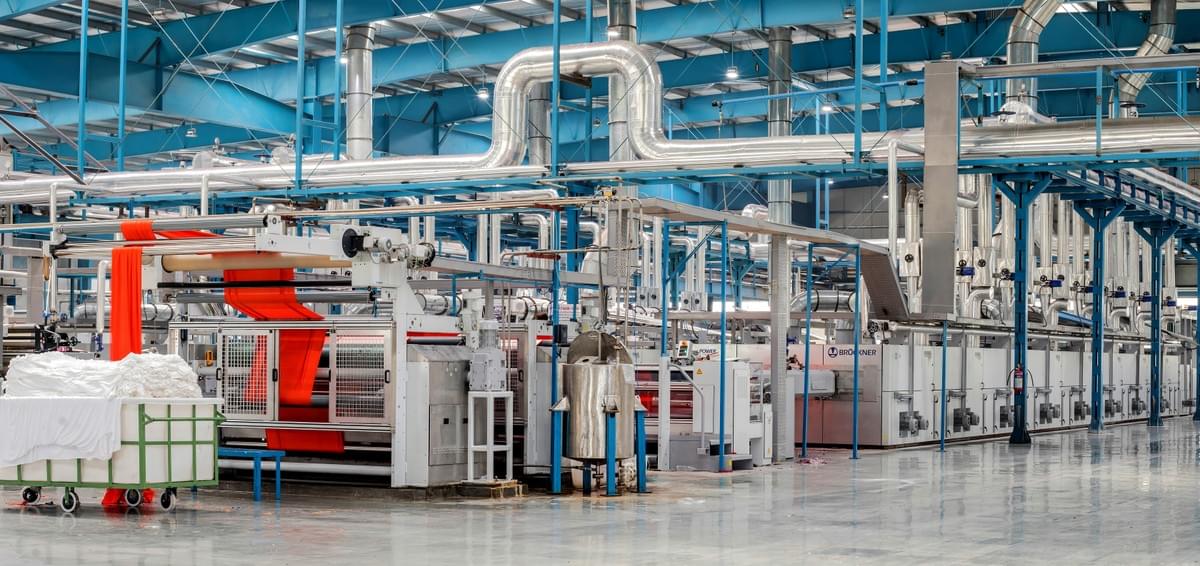
Analysis of Popular Toy Categories
Plastic toys encompass a vast array of products, from action figures to building blocks, dolls, and educational games. Each category has its own appeal, capturing the imaginations of children worldwide. However, the popularity of these toys also means they are subject to rigorous toy inspection processes to ensure they meet safety standards.
Safety Concerns Unique to Each Type
Each type of plastic toy comes with its own set of safety concerns that must be addressed during inspections. For instance, small parts in action figures can pose choking hazards for younger children, while softer plastics used in dolls may be susceptible to chemical leaching if not properly manufactured. Building blocks may have sharp edges or small pieces that could break off and create hazards; thus, thorough toy inspection is essential for identifying potential risks across various categories.
Role of Manufacturers in Ensuring Safety
Manufacturers play a crucial role in the safety landscape surrounding plastic toys by adhering to stringent guidelines and regulations set forth by regulatory bodies. They must implement effective quality control measures during production and conduct their own preliminary toy inspections before products hit the shelves. By prioritizing safety throughout the manufacturing process, companies can significantly reduce the risk associated with their toys and contribute positively to child safety overall.
The Process of Toy Inspection
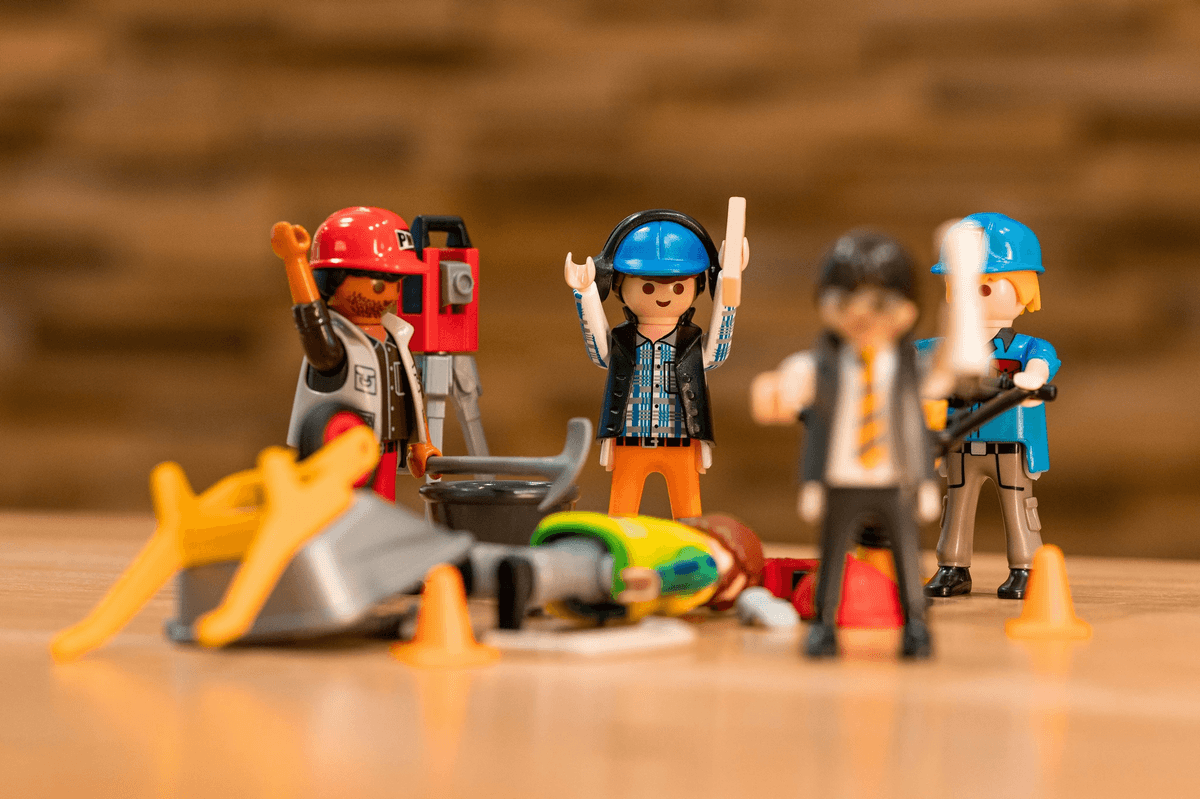
Step-by-Step Overview of Inspections
The toy inspection process begins with a comprehensive review of the product's design and materials. Inspectors assess whether the toy meets relevant safety standards, examining factors such as age appropriateness and potential choking hazards. Following this, physical testing is conducted, where toys are subjected to stress tests that simulate real-world use scenarios to identify any weaknesses or defects.
Once testing is complete, inspectors compile their findings into a detailed report that outlines any issues discovered during the inspection. If a toy fails to meet safety standards, it may be recalled or require modifications before it can be approved for sale. This step-by-step approach ensures that only safe toys make it into children's hands.
Tools and Techniques Used by Inspectors
Toy inspectors are equipped with an array of specialized tools designed for thorough evaluations during inspections. These tools include measuring devices for assessing size and weight, as well as chemical analysis kits to test for harmful substances like lead or phthalates in plastic materials. Additionally, visual inspection techniques allow inspectors to spot defects or hazards that might not be immediately apparent.
Beyond physical tools, inspectors also utilize advanced technology such as X-ray machines for internal assessments of complex toys. This combination of traditional methods and modern technology enhances the effectiveness of toy inspections significantly. Ultimately, these tools help ensure that every aspect of a toy is scrutinized before it reaches store shelves.
How China Inspection Pro Ensures Quality
China Inspection Pro has established itself as a leader in the realm of toy inspection by adhering strictly to international safety standards while also incorporating local regulations into their processes. They provide comprehensive inspections at various stages—pre-production, during production, and post-production—to catch any issues early on in the manufacturing process. By doing so, they not only safeguard children but also protect manufacturers from costly recalls due to non-compliance.
Their team consists of trained professionals who utilize state-of-the-art equipment and methodologies tailored specifically for assessing plastic toys' safety features thoroughly. Moreover, China Inspection Pro emphasizes transparency by providing clients with detailed reports outlining every aspect evaluated during inspections—ensuring peace of mind for parents choosing safe products for their children. With their commitment to quality assurance in toy inspection processes, they contribute significantly towards creating safer play environments across the globe.
Understanding Material Safety Data Sheets
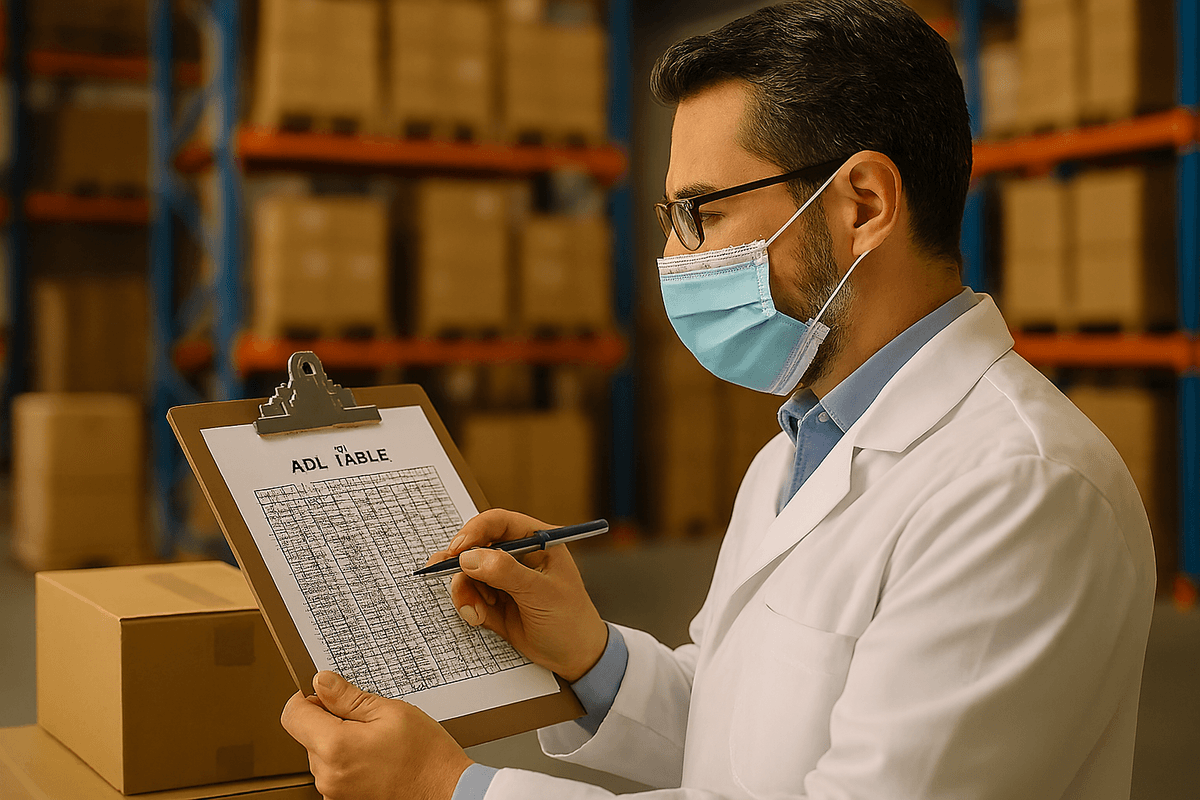
These sheets detail the chemical properties, hazards, handling procedures, and emergency measures related to the substances contained within toys. By decoding MSDS for plastic toys, parents and manufacturers alike can make informed decisions that prioritize safety during toy inspection.
Decoding MSDS for Plastic Toys
Decoding an MSDS can feel like navigating a maze of technical jargon, but it's worth the effort for anyone concerned about toy inspection and child safety. Each sheet typically includes sections on chemical composition, physical characteristics, and potential health risks associated with exposure to certain chemicals found in plastics. Understanding these components not only helps parents choose safer toys but also equips manufacturers with knowledge to improve their products through rigorous toy inspections.
Chemical Safety and Its Implications
Chemical safety is paramount when it comes to plastic toys because children are particularly vulnerable to harmful substances. Many plastics can release toxins or contain phthalates and lead—substances that have been linked to serious health issues if ingested or absorbed through the skin. This reality underscores the importance of thorough toy inspections; by adhering to stringent safety standards based on MSDS information, manufacturers can significantly reduce risks associated with hazardous materials.
Importance of Compliance for Manufacturers
For manufacturers, compliance with regulations regarding MSDS is not just a legal obligation; it's a commitment to consumer trust and child safety. Ensuring that all materials used in plastic toys meet established safety standards means that companies must regularly update their practices based on new findings in chemical research. This proactive approach enhances product quality during toy inspection processes while fostering a safer environment for children at play.
Tips for Parents on Toy Selection
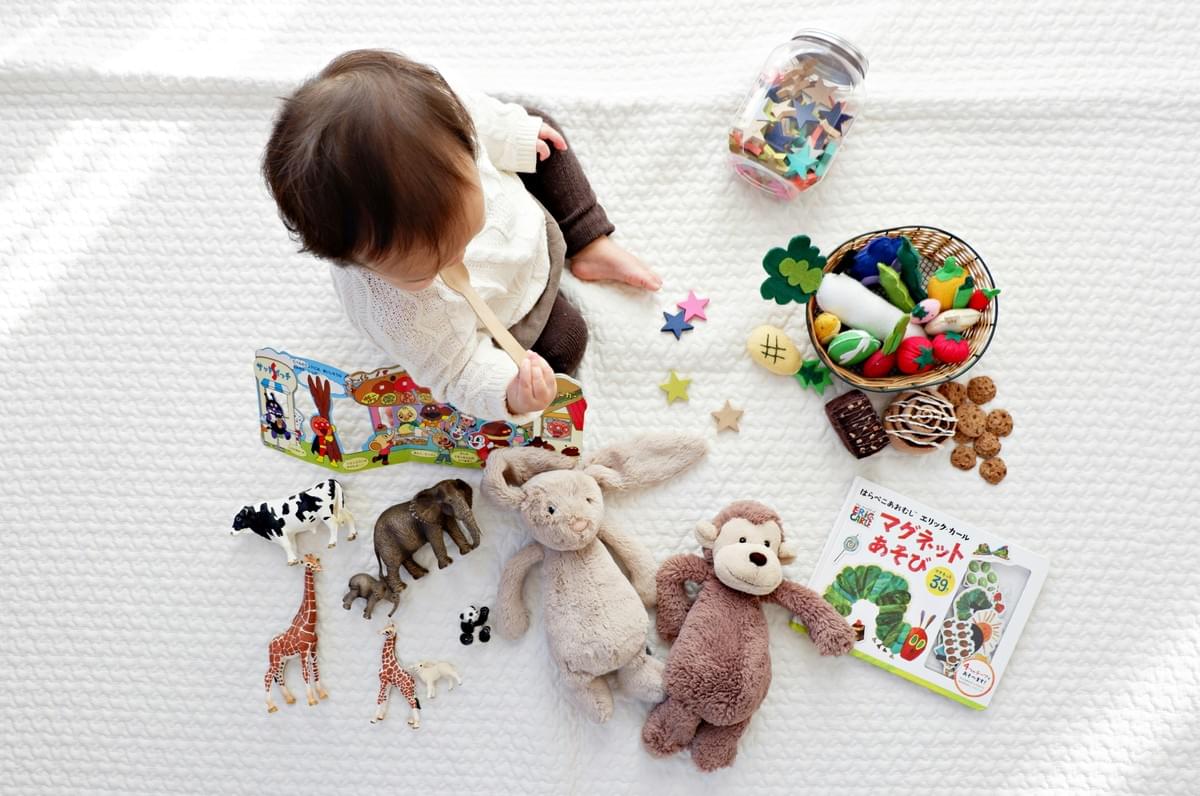
Navigating the world of plastic toys can feel like a minefield, especially when you're trying to ensure your child's safety. With the prevalence of toy recalls and safety concerns, it's essential to become a savvy shopper armed with knowledge about toy inspection. Here are some practical tips that can help you choose safe plastic toys for your little ones.
How to Choose Safe Plastic Toys
When selecting plastic toys, prioritize those that meet established safety standards. Look for labels indicating compliance with toy inspection regulations, such as ASTM or EN71 certifications—these signify that the toy has undergone rigorous testing for safety. Additionally, consider age-appropriate designs; toys meant for older children may contain small parts that pose choking hazards to younger siblings.
Another smart choice is to opt for non-toxic materials. Many manufacturers now use BPA-free plastics and lead-free paints, which are crucial in ensuring your child's playtime is free from harmful chemicals. Always check if the manufacturer provides Material Safety Data Sheets (MSDS) that detail the materials used; this transparency is a good sign of commitment to safety through proper toy inspection.
Lastly, be mindful of where you purchase these toys. Reputable retailers often have stringent quality control measures in place and are more likely to stock products that have passed thorough toy inspections. By choosing well-known brands or local shops with good reviews, you're increasing the chances of selecting safe plastic toys.
Red Flags to Watch For
While shopping for plastic toys, keep an eye out for certain red flags that could indicate potential safety issues. First and foremost, be cautious of any toys lacking clear labeling or instructions; if you can't find information about its materials or recommended age group, it’s best left on the shelf. Cheaply made products often cut corners during manufacturing and may not have undergone proper toy inspections.
Another warning sign is strong chemical odors emanating from a new toy—this could suggest harmful substances are present in the materials used. If a product feels flimsy or has sharp edges that could injure your child, it’s time to walk away before any accidents occur during playtime fun! Remember: being vigilant about these red flags can save you from future headaches and ensure safer play experiences.
Lastly, pay attention to reviews from other parents who have purchased similar items; their experiences can provide valuable insights into potential issues with specific brands or models before you make a decision based on shiny packaging alone.
Resources for Trusted Brands
Finding trusted brands can be as simple as doing a little homework online! Numerous organizations evaluate children's products and publish lists of safe options based on thorough toy inspections—look out for resources like Consumer Reports or Kids In Danger (KID). These platforms offer insights into recalls and highlight reliable manufacturers committed to ensuring their products meet strict safety standards.
Additionally, social media groups focused on parenting are treasure troves of shared experiences regarding various brands' reliability concerning safety practices and product quality through regular inspections. Don't hesitate to tap into these communities; they often share firsthand experiences about which companies prioritize child safety over profit margins!
Lastly, consider visiting trade shows or expos dedicated specifically to children's products where you can interact directly with manufacturers who value transparency in their production processes—this way; you'll get an inside look at how they conduct their own toy inspections before putting items on store shelves!
Conclusion
In the grand tapestry of childhood, toy inspection serves as a critical thread, weaving safety into every playtime adventure. Parents today are more aware than ever of the potential hazards lurking in seemingly innocent plastic toys. With rigorous toy inspection processes in place, they can breathe a little easier knowing that their children's playthings have been thoroughly vetted for safety.
The Impact of Toy Inspection on Parents
Toy inspection has transformed how parents approach purchasing decisions, instilling confidence that their choices are backed by stringent safety standards. When parents see the results of thorough toy inspections, they can feel assured that these toys have passed rigorous tests designed to protect their little ones from harm. This sense of security allows parents to focus on what truly matters: watching their children explore and learn through play.
Ensuring a Safe Play Environment for Kids
Creating a safe play environment is paramount for children's development and well-being, and toy inspection plays an essential role in this endeavor. By ensuring that plastic toys meet established safety standards, parents can foster an atmosphere where creativity flourishes without the looming threat of injury or toxic materials. As awareness grows around the importance of safe toys, communities can come together to advocate for better regulations and practices in manufacturing.
Moving Forward: The Future of Toy Safety
Looking ahead, the future of toy safety hinges on continued advancements in toy inspection techniques and regulations that keep pace with evolving materials and technologies. Innovations such as smart sensors could revolutionize how inspections are conducted, providing real-time data on potential hazards during production and distribution processes. As manufacturers embrace these changes alongside vigilant regulatory bodies, we can expect a safer landscape for plastic toys—one where every child's laughter echoes freely without concern.
